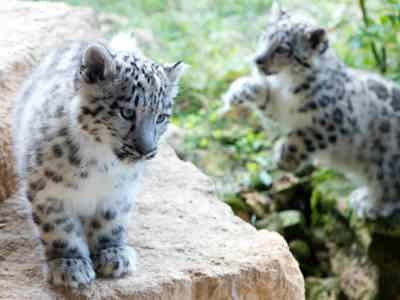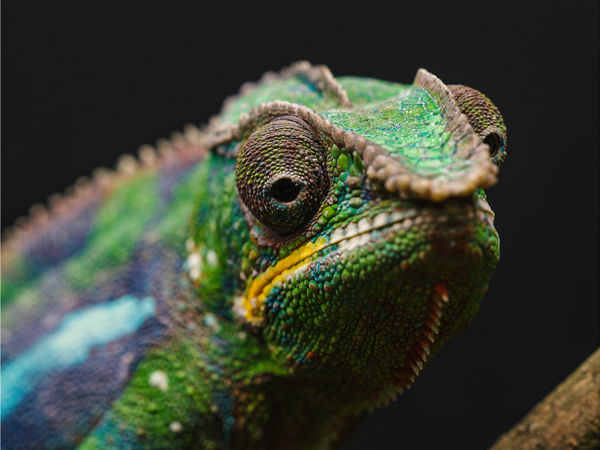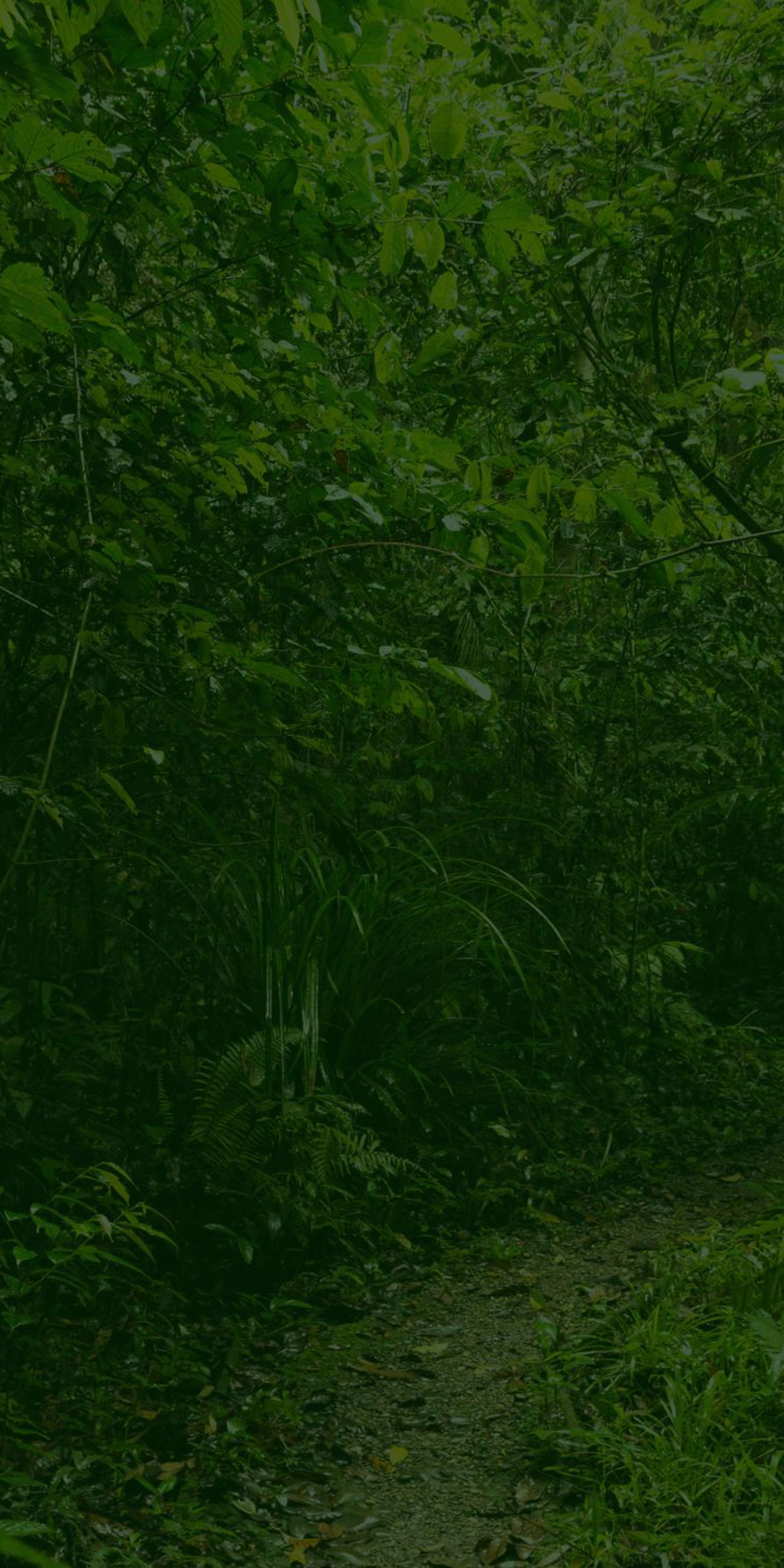
Snow leopard twins born at Twycross Zoo
28th Jun 2023
We’re pleased to announce the latest additions to the Zoo – twin, female snow leopard cubs, born in April 2017.
This is the third pair for mum Irma and dad Suou. The cubs and their mother Irma spent their first months together in a den off-show to settle into the world at their own pace and now as they grow older, the two little girls will begin venturing further away from the den’s safety.
As their older siblings, a boy and a girl born in 2011 and two boys born in 2013, these two female cubs are an important part in the international breeding programme that helps zoos maintain a genetically healthy population in captivity, which acts as a safety net for the species in the wild. With their mother coming from Swedish Kolmarden Wildlife Park and their father from Tama Zoological Park in Tokyo, their cubs are particularly valuable in terms of their genetic makeup.
Snow leopards, classified by IUCN as Endangered, are often killed by local farmers because they prey on livestock and the big cats are also hunted for their beautiful and warm fur. The species is suspected to have declined by at least 20% over the past 16 years due to habitat and prey-base loss, but also due to poaching and persecution. It is estimated that there are only 3,000 to 7,500 snow leopards left in their natural home range across the vast high mountains of Central Asia.
Keepers at Twycross Zoo hope the two young girls become the next generation of breeding females in other zoos to help the conservation of this elusive species. At the moment, however, the cubs have all the time to play, which helps them learn what they need to know about the world around them. Irma, now an experienced mum, is tasked with the parenting as is the preferred behaviour in wild snow leopards. Dad Suou might be seen doing some disciplining, but as a solitary species, fathers get rarely involved in rearing the youngsters.
Miguel Bueno, Curator of Living Collections says, “We are delighted about the third litter of snow leopard cubs to be born here at Twycross Zoo. The two girls are growing at an incredible rate and their mother Irma is doing a fantastic job looking after them. She has been amazing since their day one and I am sure these little girls will grow into strong and healthy females that will help our efforts in maintaining a sustainable population of snow leopards in zoos around the world.”
The cubs are now on view in the zoo’s free-to-enter Himalaya Centre which is open to the public from 10am to 6pm every day. Visitors will be able to watch a slide show of the latest photos on a screen in the Himalaya Centre, should the cubs not venture outside their den during their visit. The zoo’s members have been contacted to vote on the cubs’ names which will be announced later in July on the zoo’s social media profiles.
Snow leopard facts:
- Snow leopards cannot roar.
- They sometimes wrap their tail around their heads when resting, but it is primarily used for balance.
- Snow leopards’ beautiful fur acts as camouflage in their natural habitat.
- Their primary predator is man, but they are also preyed upon by wolves.
- They are solitary animals and only come together to breed, or when females are rearing young.
- The breeding season lasts from January to March and after approximately 100 days cubs are born helpless and with their eyes closed, opening their eyes within seven days. At two months old, the cubs are eating solid food and at three months old they begin to follow their mother around.
- The cubs stay in the company of their mother until they are between one and two years of age after which they leave to find their own territory.
- Prey items vary between habitats and locations but predominantly wild sheep and goat species.
- Snow leopards at Twycross are fed between 10-12kg meat per week, usually every other day. This is made up of meat such as beef, chicken, rabbit etc. They are also given a carnivore supplement to their diet, as in the wild they would ingest fur, skin, bones etc. that they do not regularly get given at the zoo.
- Irma and Suou were both born in 2008 and came to Twycross Zoo in 2010. In 2011, they produced their first offspring, male Makalu and female Maya. These cubs left for new homes at other zoos (Espace Zoolog de St-Martin-la-Plaine, France and Tierpark Berlin, Germany respectively) in 2012. In 2013, the couple produced two boisterous brothers Sayan who now lives in Salzburg Zoo, Austria and Hari, who is now in Thoiry Zoological Park, France.

